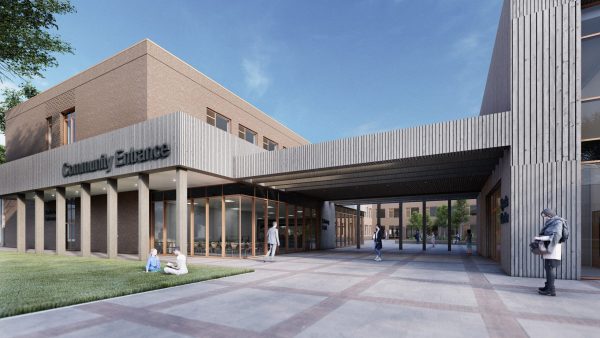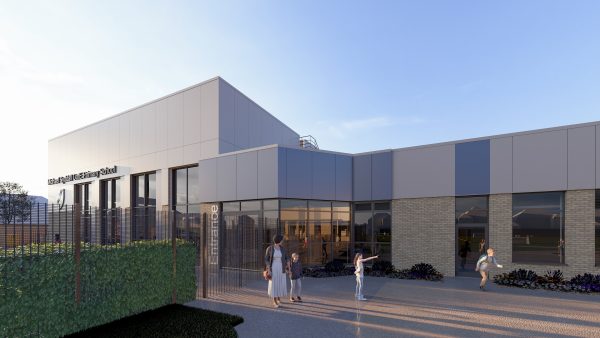
Michael Syddall CofE Primary School
Revitalising Learning and Sustainability – Michael Syddall CofE Primary School Redevelopment
The redevelopment of Michael Syddall Church of England Primary School in Catterick Village is a transformative project designed to create a modern, inclusive, and sustainable educational environment.
This initiative will replace outdated facilities with a new purpose-built school that prioritises community engagement, environmental responsibility, and enhanced learning opportunities for 252 pupils aged 4 to 11.
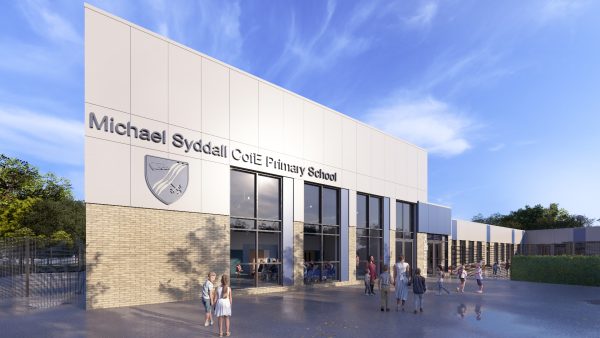
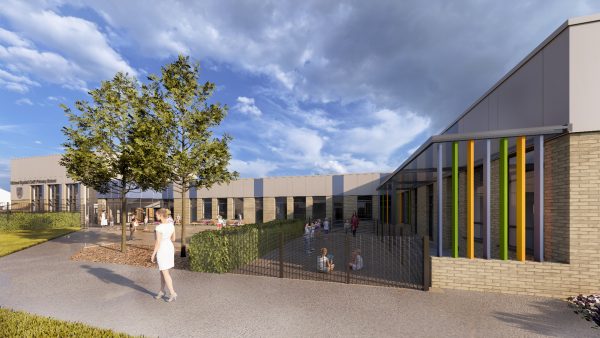
Value
The new Michael Syddall Primary School will provide a vibrant and functional learning environment, tailored to the needs of its pupils and the community. The innovative ‘L’ shape layout enhances spatial efficiency and creates a protected outdoor space that promotes safe play and learning. Strategic zoning ensures that classrooms, dining areas, and play spaces align with the natural site layout, improving access and usability. By incorporating a centralised circulation zone illuminated with rooflights, the design allows for natural daylight and ventilation, enriching the learning experience while reducing energy demands.
The integration of a forest school and outdoor classrooms will expand the educational offer, encouraging engagement with nature and the surrounding community. Community value is further amplified through provisions for out of hours access to facilities like the Multi-Use Games Area and dining spaces. This design ensures that the school remains a resource for local residents, hosting events and activities that will strengthen social bonds and enhance the local quality of life.
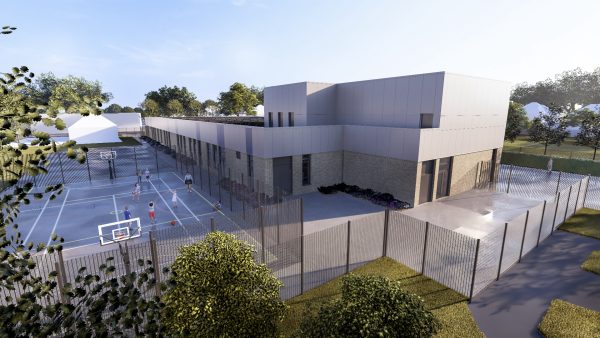
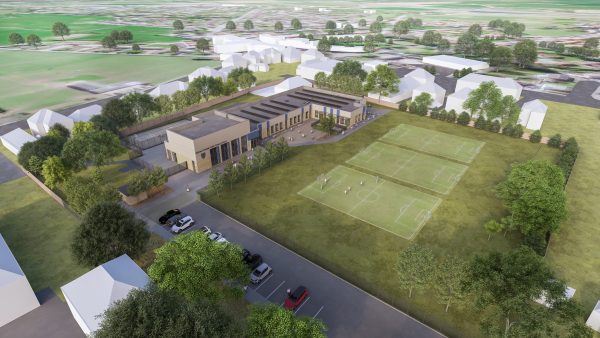
Impact
The project’s impact will extend beyond the school gates, benefiting pupils, staff, parents, and the wider Catterick Village community. Socially, the design encourages collaboration and interaction, both within the school and with the broader community. Features like accessible pathways, secure play zones, and a welcoming entrance ensure a sense of safety and belonging. Economically, the redevelopment will boost the local economy by employing local contractors and sourcing sustainable materials.
Environmentally, the design preserves existing trees and enhances biodiversity through native planting schemes, creating a harmonious balance between built and natural environments. The redevelopment will also address previous planning concerns by repositioning the building to minimise noise, preserve neighbour privacy, and reduce overshadowing. This thoughtful approach resolves longstanding issues while fostering goodwill among local stakeholders.
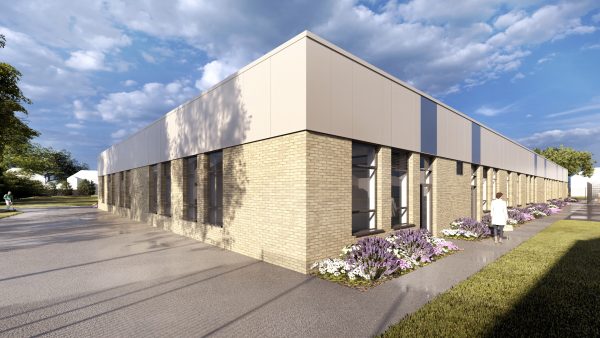
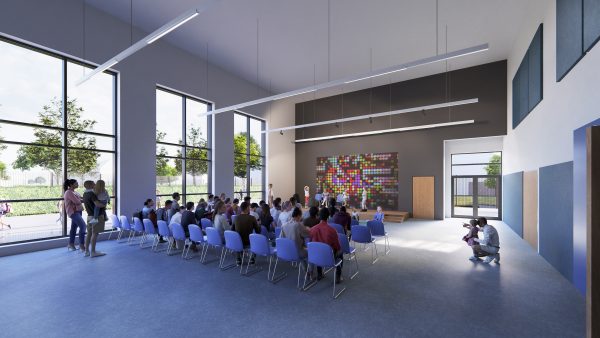
This project represents a bold step towards sustainable education, blending innovative design and community focus to create a nurturing, inclusive, and eco-conscious environment for students, staff, and the local community.
Sustainability
The building is designed with sustainability at its heart, featuring renewable energy solutions like photovoltaic panels to help reduce its carbon footprint. Thoughtful spatial planning means fewer resources are needed, while carefully chosen materials ensure durability and keep maintenance costs down. The landscaping has been planned with nature in mind, using native plants and sensory gardens to boost biodiversity and create a rich, inviting environment. Where possible, existing trees will be preserved, supporting Urban Greening Factor targets and enhancing the site’s natural beauty.
A phased construction plan ensures the school can stay open and fully operational throughout the build, saving time and money while keeping education uninterrupted. This project is a brilliant example of how smart design and modern construction methods can create a school that serves today’s needs while protecting resources for the future.

Details
Information
Scope Lead Designers, Architectural Design RIBA 0 to 4 Status Ongoing Location Richmond Value £5mCollaborators & Partners
Landscape Architect ONE-Environments Principal Contractor Bowmer + Kirkland Planning Consultant DPP Planning Fire Engineer Ashton Fire Acoustic Consultant Ramboll Mechanical And Electrical Consultant RPS Consulting FF&E Consultant Space Zero Lighting Consultant ARUP Digital Construction BIM Academy Civil Engineer, Transport Consultant And Drainage Designer Hexa Consulting Offsite Construction Innovare